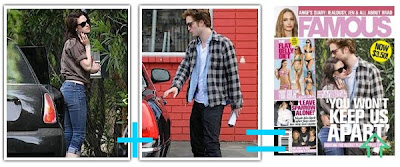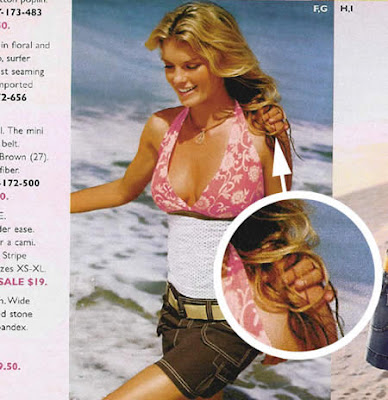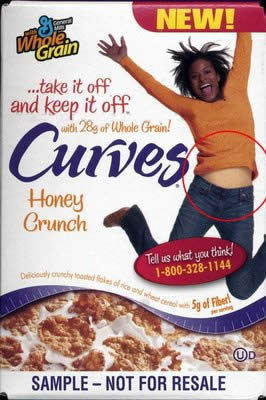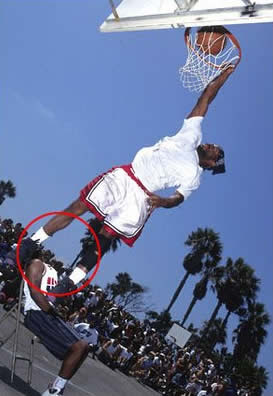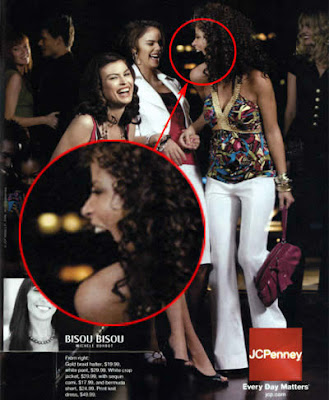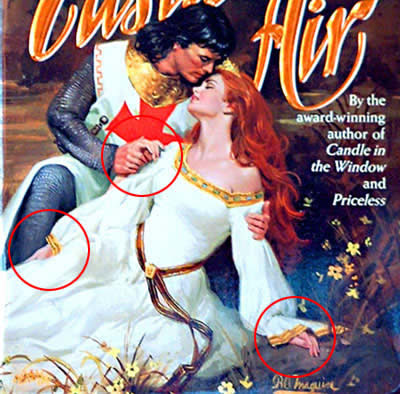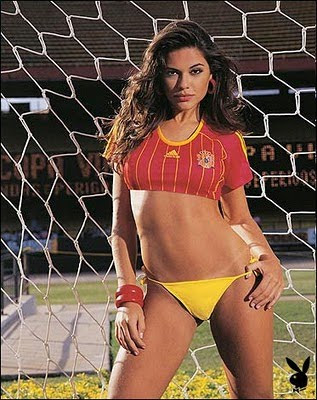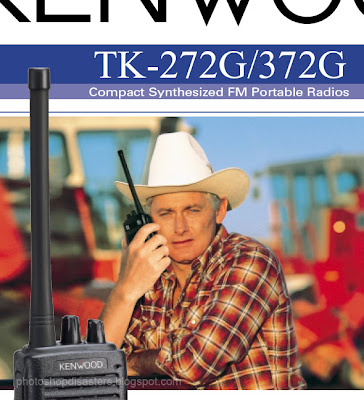For the past few months, we at Slurpy have been working hard to prepare a pitch for a BBC children's series. Obviously I can't say much about the series, only that it's aimed at the Cbeebies (very young) audience and that we're very excited about it. What I did want to share with you though, is all of the useful things that I've found on the internet while I've been researching this project, which I think any young studio or even independent animator will find useful. There's not always a huge amount of information available with regards to budgeting and planning a series, so here's some of what we've found useful...
Animation Production Process
Dave Redl, creator of the Family Pants series, has written an incredibly useful and informative essay on the Animation Production Process from beginning to end. It's geared towards people using Flash, but is an excellent general introduction.
"Imagine getting the script, "Fred gets a bowling ball from the closet.” A directors can kill a budget with a simple action like this. They'd show Fred opening a closet toward us, stepping out of the way to reveal 1,000 gags in the closet; a pterodactyl umbrella and such, then grab the bowling ball on the top shelf causing every one of the 1,000 items tumbling out toward us, in perspective, and finally having the bowling ball hit Fred in the head. A simple act, that might be funny, but has nothing to do with the story other than getting the ball.
Hanna and Barbara would have simplified this to; Fred walking left, asking Wilma, “Where’s my bowling ball?” Cut to Wilma sitting in chair, we only see her neck up, “In the closet Fred.” We hear a door opening off camera. Cut to Fred’s butt sticking out from behind a closet door with some rummaging sounds. “I can’t find it! There’s too much stuff in here!” Cut back to Wilma, “Try the top shelf dear… Fred look out!” A crash off screen, the camera shakes and Wilma’s eyes close. Cut back to a pile of stuff in front of a damaged closet door. Fred’s head pops up from the wreckage, “Wilma, one of these days, you have got to clean out this closet!” Then the bowling ball rolls off the top shelf onto his head with a “klunk!”
Dave also shows his animatic as an example, and offers to send the .fla to anyone who emails him. (Also, check out the Family Pants cartoons if you haven't seen them, they're very funny).
Animation Budgets for films, TV shows, shorts and DVDs
Researching budgets can be one of the most difficult parts of preparing a pitch. Going too high or too low can be disastrous, and without having made a series before, it can be difficult to know where to begin. Captain Capitalism doesn't answer this question for you (I'm afraid it's some pretty complicated maths mostly), but he does offer this fascinating graph which shows the budgets of animation films and cartoons throughout history, all adjusted for inflation.
Did you know, for example, that Steamboat Willie cost the equivalent of $173,886 to make (which in 1928 was $15,000) and was 7 minutes long, working out at $414 per second of screentime, or $23 a frame? Whereas Treasure Planet (which I believe comes second only to Final Fantasy in biggest animated financial disasters) cost $159,434,929 to make, working out at $1,553 PER FRAME!
Well worth checking out: http://captaincapitalism.com/blog/2008/11/animation-budget-history.html
Animation Budgeting Spreadsheet
This incredibly useful (and really quite daunting) budgeting guideline from Screen Australia is easily the most useful document I've found on the web. It breaks down every part of the production process in to possible expenses and contains all of the formula that means you're not going to spend your days poking at a pocket calculator. Under 'Publicity materials' for example, the list of options is:
- Publicist
- Fees
- Stills
- Stills Cameraperson
- Graphic Design and Photo Manuipulation
- Press Kits
- EPK - see d.below
- Cover
- Typing
- Artwork
- Printing
- Distribution
- Copies of DVD Trailer/Clip
- Electronic Press Kit
- Production
- Copies
- Distribution
- Promotional Materials
- Graphic Design
- Printing
- Fliers
- Postcards
- Poster
- Distribution Boxes, Tubes for posters
- Other
- Video Promo/Clip Selection
- Production
- Dubs
- Distribution
- Boxes, Labels, etc
- Website Production
- Domain Name Fees
- Hosting Fees
- Other
- Crew/Cast T-shirts
- Other
Now, would you have thought of allocating money for Crew t-shirts? Me neither! Thank you Screen Australia!!!
The Pitching Process
A lot of excellent articles have been written on the nerve-wracking process of pitching to a networking, here are a few... Screenwriters Daily - how to pitch a cartoon AWN - a perfect pitch Media Freaks - Cartoon series pitching Q&A And of course there are lots of locations where you can pitch to multiple networks at one time, such as; Kidscreen Summit, Cartoon forum, MIPCOM, and MIPTV
Commissioning briefs
Every network will have different commissioning briefs, because each of them has a different remit. Cbbc and Cbeebies both offer up their commissioning guides as .pdfs from their websites. CBBC and CBeebies. These documents give great insight in to what the different channels are looking for (basically the next Charlie and Lola), and what their intended budget is.
Other useful things
Everyone is used to using Stock Photography these days, but what about Stock Music and Sound Effects? For smaller budget productions these can be incredibly useful and save a huge amount of money. We use Audio Micro for choice, because their search engine works better than the others we've experienced, which allows us to save time.
As someone who's spent ridiculous proportions of their life contorting their body in the mirror so they can draw different positions, this photo reference library is incredibly useful. I've only just discovered it, but I can already tell I'm going to be going back there most days!








